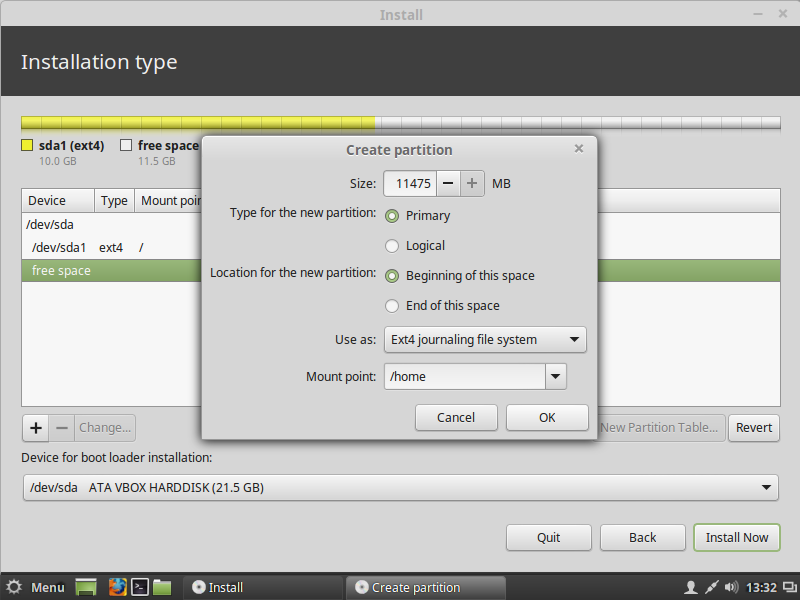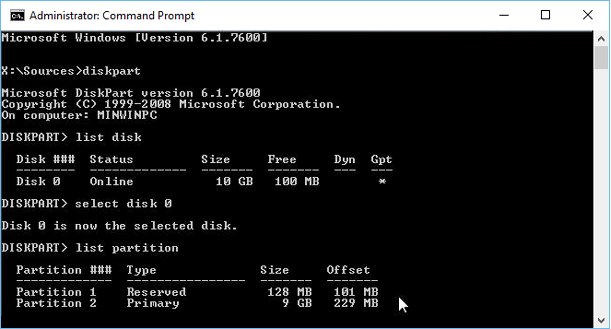

- #How to create efi system partition linux how to
- #How to create efi system partition linux install
- #How to create efi system partition linux archive
- #How to create efi system partition linux full
- #How to create efi system partition linux software
You can extract the downloaded "tarball" with something like the following: Change to this directory by using the cd command. It will create a toplevel directory called linux-x.y.z, where x.y.z is the version number.
#How to create efi system partition linux full
This should be done in your home directory/folder, where you have full rights to read, write and create files.
#How to create efi system partition linux archive
The source downloads as a "tarball", a compressed archive which must be decompressed using the tar command. Open in your web browser and download the relevant kernel source. There are three ways we can get the kernel source, which are described below. Make sure that you are working as an unprivileged user and not as root. The first thing you need to do once you have prepared your system for building the kernel is to get the kernel source.
#How to create efi system partition linux how to
To make your new kernel bootable, you will need a basic knowledge of how your bootloader works and how to add a new kernel to its menu. This wiki provides quite a lot of instruction materials on such elementary matters. You need some basic knowledge of how directories (aka folders) and files are organised in Linux, how to switch directories, how to move or copy files and so on. You need to feel fairly confident working at the command line, which means typing instructions into a terminal rather than using your mouse to click on buttons.
#How to create efi system partition linux software
Users who wish to build their own software (and enjoy the process) need a few basic skills. You should also note that the exact names of the packages listed above may vary slightly from distribution to distribution, so check with your package manager before continuing. Note: Some of the above packages may already be installed on your system, therefore you should check with your distribution's package manager to ensure all of the packages listed above are in fact installed before continuing on. libelf (both the library itself and its development package as well).libssl (both the library itself and its development package as well).In addition to the basic build tools, the kernel configuration dialogue requires the development package (headers) for the ncurses library, and modern kernels require the following build dependencies
#How to create efi system partition linux install
A quick search of what your distribution provides should tell you the name of any package(s) you need to install separately. Some distributions also have something called "package groups" that can install all of the required development tools for you, if your distribution has such an option, you can look for something called "development" or similar. Other distribution families have similar packages such as Arch's base-devel. For example, all distributions in the Debian family (such as Ubuntu) have a package called build-essential, which contains everything you need for most builds. Fortunately most Linux distributions either include these tools in a standard install, or provide them in a single installable package. GNU provides a standard set of such tools for this purpose which is known as the GNU build system.Ī full list of the build tools required might be rather offputting.



 0 kommentar(er)
0 kommentar(er)
